Text: Karin Götz | Section: Articles about Artists
Abstract: Based on her recollections, Karin Götz (as the painter Rissa) describes with hitherto unprecedented detail how Götz arrived at his Visual Aesthetic Sensitivity Test (VAST) and what he sought to achieve with it. He wanted to find out to what degree the capacity for visual sensitivity is developed in test subjects. The text also takes a closer look at his collaboration with the psychologists Berlyne and Eysenck. Rissa shares Götz’s belief that we need to return to training our visual aesthetic powers in everyday life.
Preamble by the editorial team
The following essay follows on from the interview Karl Otto Götz as a Scientist published in the launch edition of w/k. The issue in question was the Visual Aesthetic Sensitivity Test (VAST). Götz had completed the development of this test for differentiating form in 1973. It was first published in 1981 in the Concept Verlag in Düsseldorf. The publication consisted of forty-two black-and-white image pairs created by Götz and, as a supplement, a set of instructions for the test subjects. In the following reminiscence Karin Götz reconstructs the test’s origins and conception.
She, like the w/k editorial team, is interested in finding out whether this test, which was evolved by an artist in close collaboration with the internationally recognised psychologists Berlyne and Eysenck, still bears relevance for present-day psychology inasmuch as it addresses aesthetic problems. In preparation for a debate on this subject her testimonial also includes a discussion between w/k publisher Peter Tepe and Karin Götz. The questions presented to the author were formulated in cooperation with the peer review panel responsible for this contribution. The article featuring the Discussion with Karin Götz about VAST will be published at the same time.
The painter, scientist and poet Karl Otto Götz was born in Aachen on 22 February 1914 and died in Wolfenacker on 19 August 2017 at the age of 103. He arrived at his own artistic outlook as a painter in 1952/53. His work manifests with particular clarity the logic of art informel in the dissolution of classical formal principles of painting, as Götz himself formulated it.
His work can be divided into an abstract early period from 1934 to 1952/53 and his informel major period consisting of paintings and gouaches up until 2006. The work of his late period was produced between 2006 and 2014. In addition, he also left behind a prodigious body of graphic work in the form of lithographs. Besides these, he also produced ceramics, steel reliefs and painted works in wood, his Holzvögel (Wooden birds). Götz wrote poetry from the 1940s onwards until he died. His poems are to be found in numerous publications and in general can be described as Surrealist poetry.
In the early phase of Götz’s development, he found an outstanding intellectual dialogue partner in the Dada artist Marcel Duchamp (1887–1968), even if only at long distance and without personal contact. Unconventional thinking about aesthetics, art and artists was their common ground. For Duchamp the freedom to deepen autonomous reflection on art was made possible by the inheritance he had already received as a young man from his wealthy father. This meant he did not need to paint uninterruptedly to earn a living and, as he himself put it, become a slave to painting. Such intellectual independence also made itself evident in Götz, although under different circumstances and in a different manner, when he set out to identify objective aesthetics through his own empirical and scientific studies.
Scientific studies
Götz’s interest in empirical research was first kindled in 1959/60. Initially through a script by the French information theorist Abraham A. Moles (1920–1992), Théorie de l’information et perception esthétique, then through the essay Ästhetik und Zivilisation by the scientist and philosopher Max Bense (1910–1979). Reading these two texts first of all inspired him to deeply explore both the philosophical aesthetics and the information and symbol theory of Charles W. Morris (1901–1990). In the process, he also sought a means for sharpening his critique of – as he called it – the “mythologising tendencies” dominating official cultural politics, but also art criticism in West Germany during the 1950s and 1960s. Götz’s intention was to counter these tendencies with an objective art criticism based on visual aesthetic criteria. This subsequently gave rise to his empirical scientific studies. In this period his artistic work was also focused on his Rasterbilder (Raster images). In his view, the statistically programmed electronic raster image represented the ultimate consequence of the dissolution of the classical principles of form.
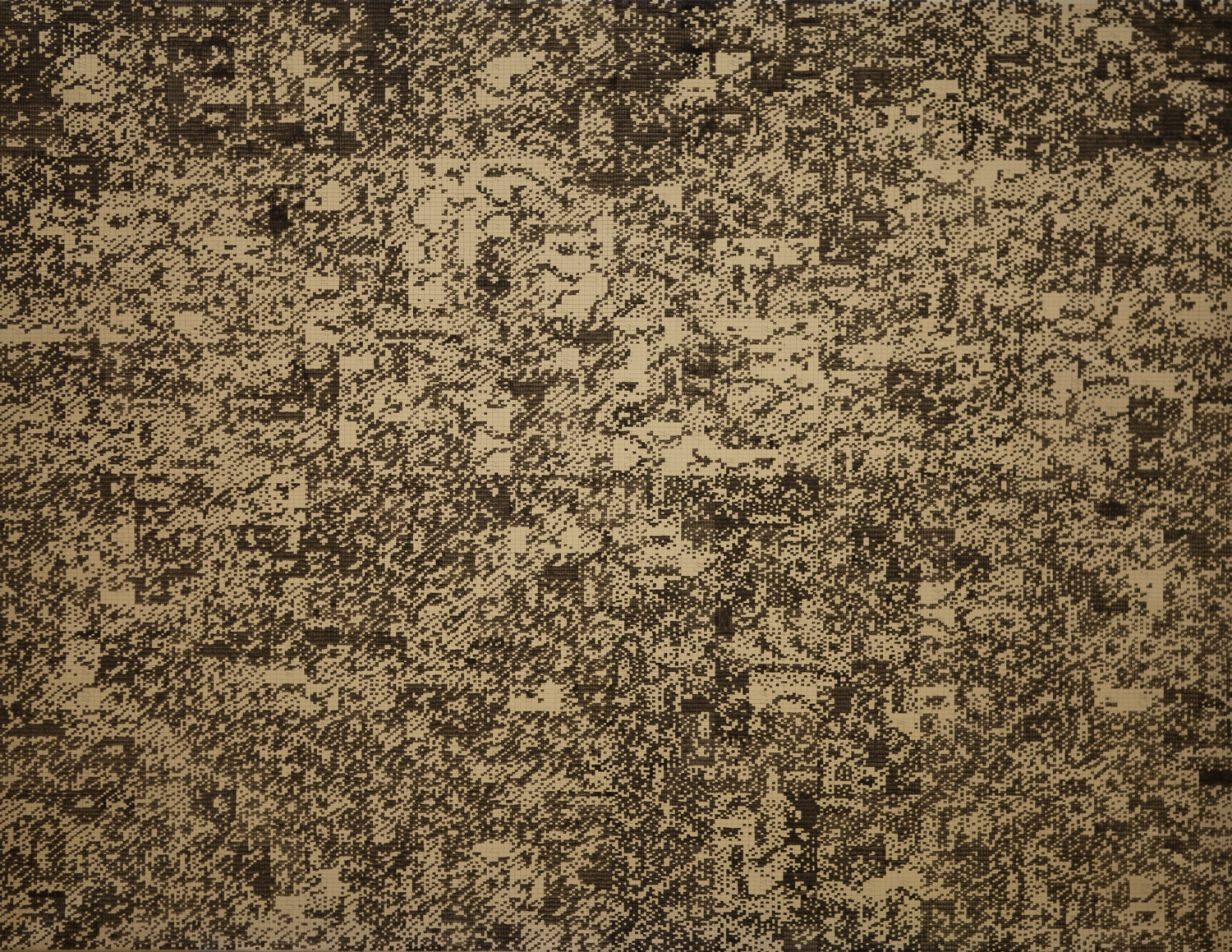
From 1960 onwards, Götz turned his attention to perceptual psychology with regard to visual aesthetics. With the help of this empirical science he wanted to reliably answer the question, “How do visual judgements between image and viewer come about?” In this he was concerned not solely with works of art but also with images in a more general sense. In this w/k contribution my attention is focused primarily on the Visual Aesthetic Sensitivity Test (VAST) and its development, which was completed in 1980.
Purpose of the test
Götz wanted to ascertain the degree to which a test subject’s visual judgement has evolved. To this purpose he developed a form differentiation test, which initially consisted of 42 image pairs, later 50. The black-and-white image pairs were produced by Götz but expressly not envisaged as works of art. Both images in an image pair have the same or similar basic forms. In terms of composition, one of the two images is formally balanced (harmonious), the other imbalanced (disharmonious). During the test, subjects are asked to decide which of the two images might be judged as formally balanced (harmonious). When the test was first set up in 1970 it was only as a slide show. From 1981 onwards, it was then presented as a printed brochure with 50 image pairs, extended by eight original informel motifs.
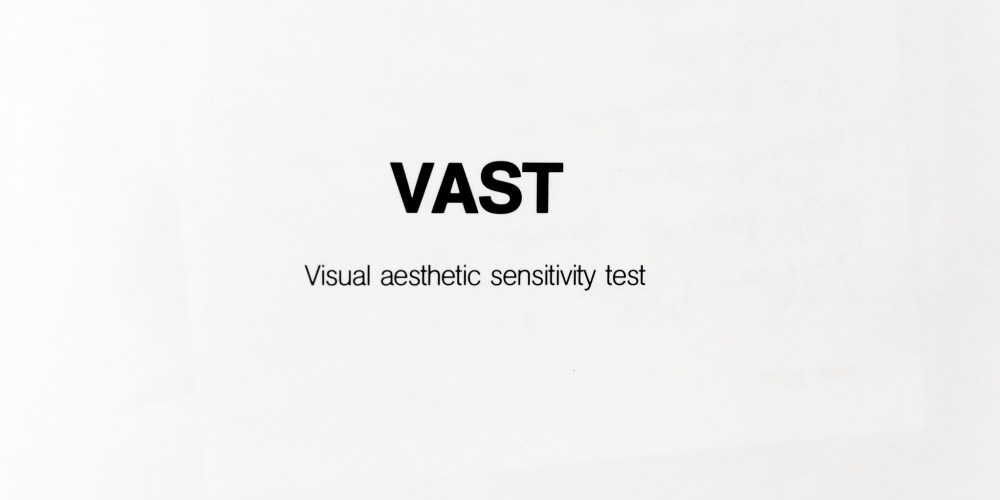
Götz supplemented the brochure with a set of instructions intended for the test subjects. Before I continue with my commentary, I first wish to relate these in their entirety:
“This brochure contains a series of 42 image pairs. Each pair of images consists of two similar motifs, of which one is always a better composition than the other. It is more harmonious, in other words more balanced and regular in its linear design and in the arrangement of its formal elements.
If you look closely and long enough you will notice that by comparison the less balanced motif contains small graphic “disturbances”. This difference in all 42 image pairs was unanimously verified by a group of painters and graphic artists.
Now it is your task to determine which motif in each image pair is the more balanced.
Sometimes it is the motif on the left, sometimes the one on the right. Please look very closely and take your time. When you have reached a decision please write on the blank form either an R (for right) or an L (for left) beside the number of the respective pair of images.
Please bear in mind that you are not being asked to judge which motif you like better. That is not the issue here. After all, sometimes the less balanced motif can be more pleasing, for instance, when it appears to be more interesting than the more harmonious image.
You are now only supposed to determine which motif is the more balanced. – Do you have any further questions?
Name …………………… Age ……. male …… female……“
Serving as the first example is a depiction of a black-surfaced, visually balanced lenticular shape. This can be seen repeated with the same size in the parallel image, with the difference that on the edge of this shape there is a small indentation or dent. This optical alteration represents a formal imbalance. Further paired images involve black trapezoid shapes, grid or snake forms and informal structures.

Of crucial importance for the conception and understanding of the test is the need to differentiate between two questions: the question “In terms of formal composition, which image do you think is the most balanced or harmonious of the two?” does not mean the same as “Which image do you like best?” The test is not asking which of the pair of images is most pleasing to a test subject. Rather, its sole aim is to establish the degree of individual ability in differentiating between a balanced and an imbalanced composition. This is about visual aesthetic sensitivity; Götz talks about visual aesthetic judgement. Test results show that people possess such judgement in varying degrees. Some people innately have a good or even very good aesthetic judgement; some can improve theirs through visual training; and in other subjects it is persistently poor. Thus, one needs to differentiate between an aesthetic sensitivity judgement capable of identifying the balance or imbalance of a visual structure and an aesthetic judgement informed by personal pleasure or taste, which is not the object of this test.

Before Götz began testing at the Düsseldorf Art Academy in 1973 he presented his test images to a number of graphic artists, fellow artists and architects at the academy for their assessment with the purpose of excluding – as far as possible – the intrusion of subjectivity into a judgement on the formal harmony of paired images. All the individuals he approached there were the first to perform the test – albeit quite a few were surprised that a painter should be asking such questions. Overall, the paired images delivered what they had promised. Götz’s colleagues recognised the visual aesthetic differences and all of them performed very well, i.e. they made very few mistakes.
Between 1973 and 1986, going by my artist’s name Rissa, I conducted the test in various locations with some 600 test subjects. Unfortunately, it has not yet been possible to verify the test with sufficient numbers of subjects, which is vital for such tests. Hence the relevance of VAST for present-day experimental aesthetics is still waiting to be clarified.
Collaboration with Berlyne and Eysenck
In 1972, through the intermediary of the French information theorist Abraham A. Moles, Götz got to know the British psychologist and philosopher Daniel E. Berlyne (1924–1976). They immediately hit it off extremely well, both intellectually and personally. At that time Berlyne was professor for perceptual psychology and experimental aesthetics at the University of Toronto in Canada. His work there dealt with the question as to why living organisms show curiosity, explore their surroundings and seek knowledge and information. In 1972, Götz and I then got to know the German-British personality psychologist Hans-Jürgen Eysenck (1916–1994) during a symposium in Denmark, to which Berlyne had invited us.
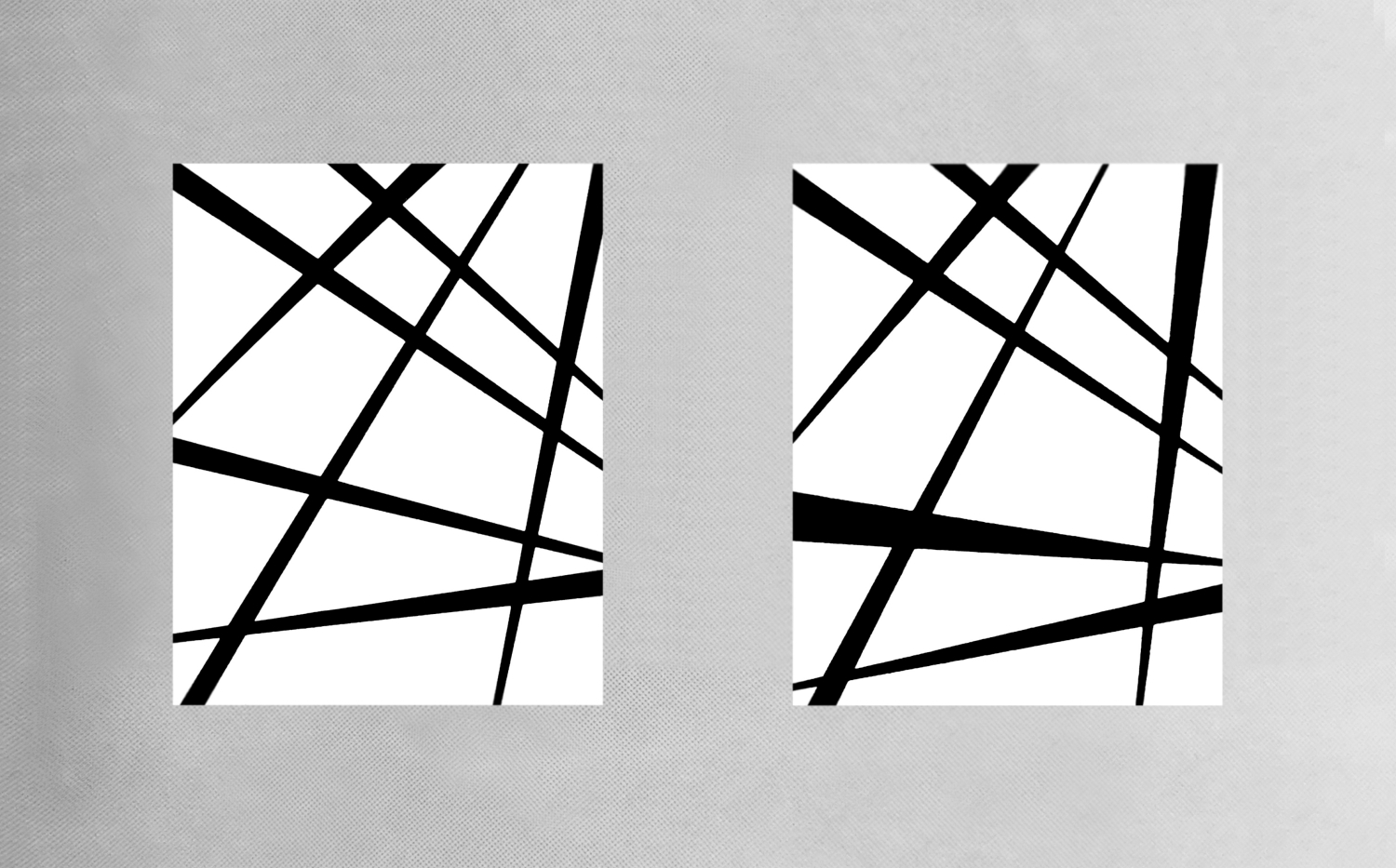
The fruitful meeting between two leading empirical psychologists working in the Anglo-Saxon world and a German painter who possessed the urge and ability to place his high visual aesthetic talents at the service of empirical psychology must surely rate as exceptional. This collaboration with Götz helped Berlyne achieve a marked improvement in his perceptual tests. Prior to that, he had worked with simple stimulatory features in unprofessionally designed stimulus patterns, whereby the test subject was supposed to decide which of these was most pleasing. By contrast, with his differentiated and, in visual terms, clearly designed test images Götz first of all created a better basis for the test, and secondly inquired – as previously described – into visual sensitivity judgement rather than pleasure judgement. Accordingly, Götz’s VAST also promised to be a motor for Berlyne’s experiments in perceptual psychology. In a private meeting with Götz in Düsseldorf in 1973, the scientist instantly recognised that he was dealing with an artist who, quite unusually, was familiar with the thinking of an empirical perceptual psychologist. Although Berlyne had only become acquainted with the test in the form of a slide show he was enthralled by it. He planned a large-scale field trial using VAST as a tool to verify his theoretical assumptions about the link between emotions and motives.
Berlyne died in 1976, much too soon. As a result, his ambitious collaboration with Götz also came to a halt in its most important phase. What they had planned, among others, was for Götz and me to go to Toronto. Together with Berlyne, we had been hoping to use VAST – in conjunction with Eysenck’s personality test – to broaden knowledge of visual aesthetic and motivational questions in psychology. For us, his death represented a huge loss, both personally and in terms of experimental aesthetics.

After 1977, with Berlyne having passed away, Eysenck became a kind of mentor for Götz in his scientific experiments in perceptual psychology. When Eysenck saw the first designs for the 42 image pairs that constituted VAST he instantly and correctly identified the balanced images. Later, he used VAST to test English schoolchildren and students in London. This was how the formal differentiation test came to be given its English name.
In 1981, VAST was performed with children and adults by two Asian-based psychologists, Saburo Iwawaki (Japan) and Jimmy Chan (Hong Kong). In addition, in the 1980s two art educators and I used VAST to test a large batch of people in West Germany, so broad as to also include a taxi driver, a dog groomer and a high-voltage electrician. In this period I also tested a lot of people using Eysenck’s personality questionnaire. However, as previously mentioned, in order to acquire adequate scientific evidence from the responses to our questions about the eidetic and motivational realm we would have needed to test a much larger group of people. One consequence of Berlyne’s death was that regardless of Eysenck’s support it was not possible to carry out such a comprehensive study. Furthermore, in Toronto research into perceptual psychology found itself on the back foot. With interest shifting increasingly towards behavioural and social psychology, financial support for the institute Berlyne had established dried up. We learned about this turnaround from two psychologists from the University of Toronto, husband and wife Chris and John Furedy, who visited Götz and me in Niederbreitbach in 1980.
Recognition and pleasure
With their day-to-day eidetic training within their work with diverse visual structures, artists who paint mostly learn and know in detail things about pleasure and cognition judgements in regard to eidetic and artistic structures. A personal taste judgement about the aesthetic dimension of a flat two-dimensional image (commonplace picture, photograph or work of art) says something different from a cognition judgement. The taste judgement is the most primitive, naïve and spontaneous judgement a viewer can make. I call it primitive or naïve because on this level it is often voiced without eidetic training and is also fed from non-aesthetic sources. The ability to distinguish between pleasure and aesthetic cognition judgements is usually acquired through learning. There are a few exceptions, people who by nature have good visual aesthetic judgement without practicing a profession that requires eidetic qualities.

Trained artists in most cases recognise whether what they are painting has a balanced or imbalanced pictorial structure. For this reason, they are frequently able to explain in visual aesthetic terms their visual aesthetic taste judgement of a picture.
Most lay viewers, as VAST has shown, arrive at their visual aesthetic judgements in a frequently rampant, unbridled manner. Thus, for instance, when it came to the more complex images numerous test subjects had selected the imbalanced ones because they liked them better, but not because they recognised that they were formally imbalanced in their composition. But in undergoing VAST, subjects are supposed to identify images with balanced compositions. Hence this section of the test subjects did not have the ability to distinguish between aesthetic cognition and pleasure.
Critical consequences
Götz was of the opinion, as I am still, that in the present everyday world there is again a need for people’s eidetic or visual aesthetic cognitive capacities to be trained more. Nowadays, a high visual aesthetic cognitive ability is only found in a few specialist-trained individuals. The ugly deformation of our surroundings in the cities, countryside and oceans is accelerating on a daily basis, and in our view this is a consequence not only of the unimpeded growth of the world’s population but also of this educational deficit. In the realm of painting it is particularly striking that people’s judgements no longer feature the aesthetic dimension as centrally as they used to in the past. The lack of a targeted visual aesthetic education leads to a boundlessly proliferating aesthetic individualism. These days, judgements on visual quality and pronouncements about differences in the formal power of painted and photographed works go largely unmentioned. Götz wanted to use his VAST questionnaire in an endeavour to counter the silence over how form is found and recognised in each respective two-dimensional image. His aim was to enhance the visual aesthetic dimension and give fresh emphasis to elements of objectivity within the visual aesthetic realm. With his maxim, “Everyone is an artist”, Joseph Beuys (1921–1986) threw the door wide open to an individualistic aesthetic for artists and observer. In this regard, I am also reminded of the Italian aesthetician, literary theorist and author Umberto Eco (1932–2016) and his book The Open Work, first published in 1962. Here Eco argues that viewers have become increasingly free to submit all images to their personal interpretation – both in the semantic dimension and in the aesthetic judgements passed on them. Hand in hand with this freedom of judgement on the part of viewers, a certain danger is brought into play that allows relativism to enter the process of judgement. It is this relativism in the aesthetic evaluation of images that is countered by VAST as a first attempt to pass an objective aesthetic judgement on flat two-dimensional images.
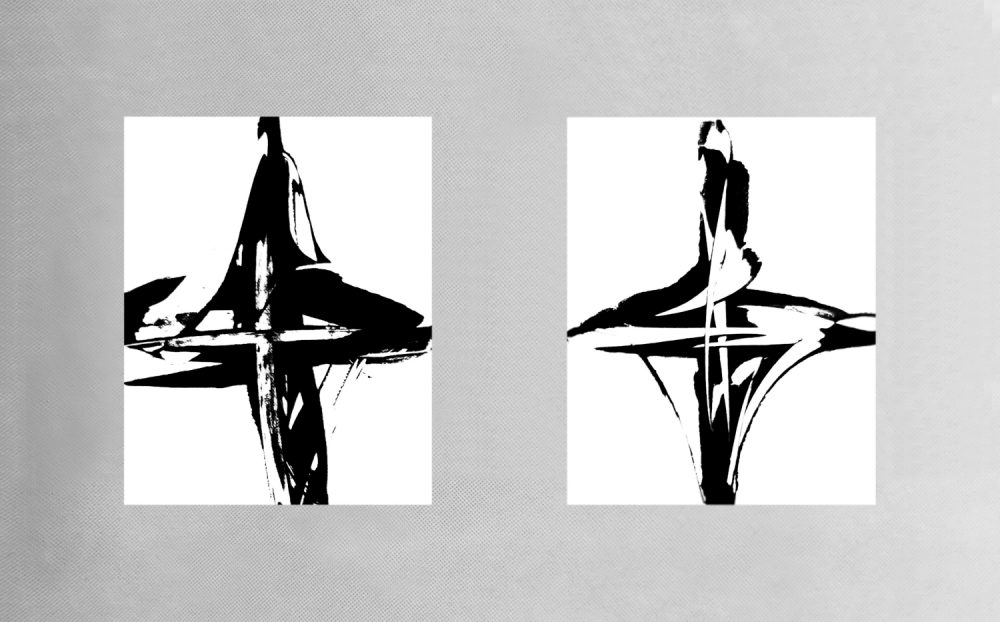
Today, VAST is occasionally still employed by perceptual psychologists. So they may be using Götz’s image pairs, but mostly without properly understanding his intention. Hence they are not interested in the actual question Götz was posing. This could be changed, but currently the time for this is not yet ripe. Quite the contrary: I believe that in future there will be a further increase in relativism in the visual aesthetic judgement of flat two-dimensional images and three-dimensional objects, especially since ideological judgements are also spurring this development.
I wish to thank Ina Hesselmann and Joachim Lissmann. They both read the first drafts of my text and lent me advice and support. My gratitude also goes to Peter Tepe who made the original version of my text more easily legible.
▷ Discussion with Karin Götz about the VAST
Picture above the text: Karl Otto Götz: Pair of images from the VAST (1970–1981). Photo: Till Bödeker.
Translated by Matthew Partridge.
How to cite this article
Karin Götz (2020): Karl Otto Götz as Psychologist. w/k–Between Science & Art Journal. https://doi.org/10.55597/e5820
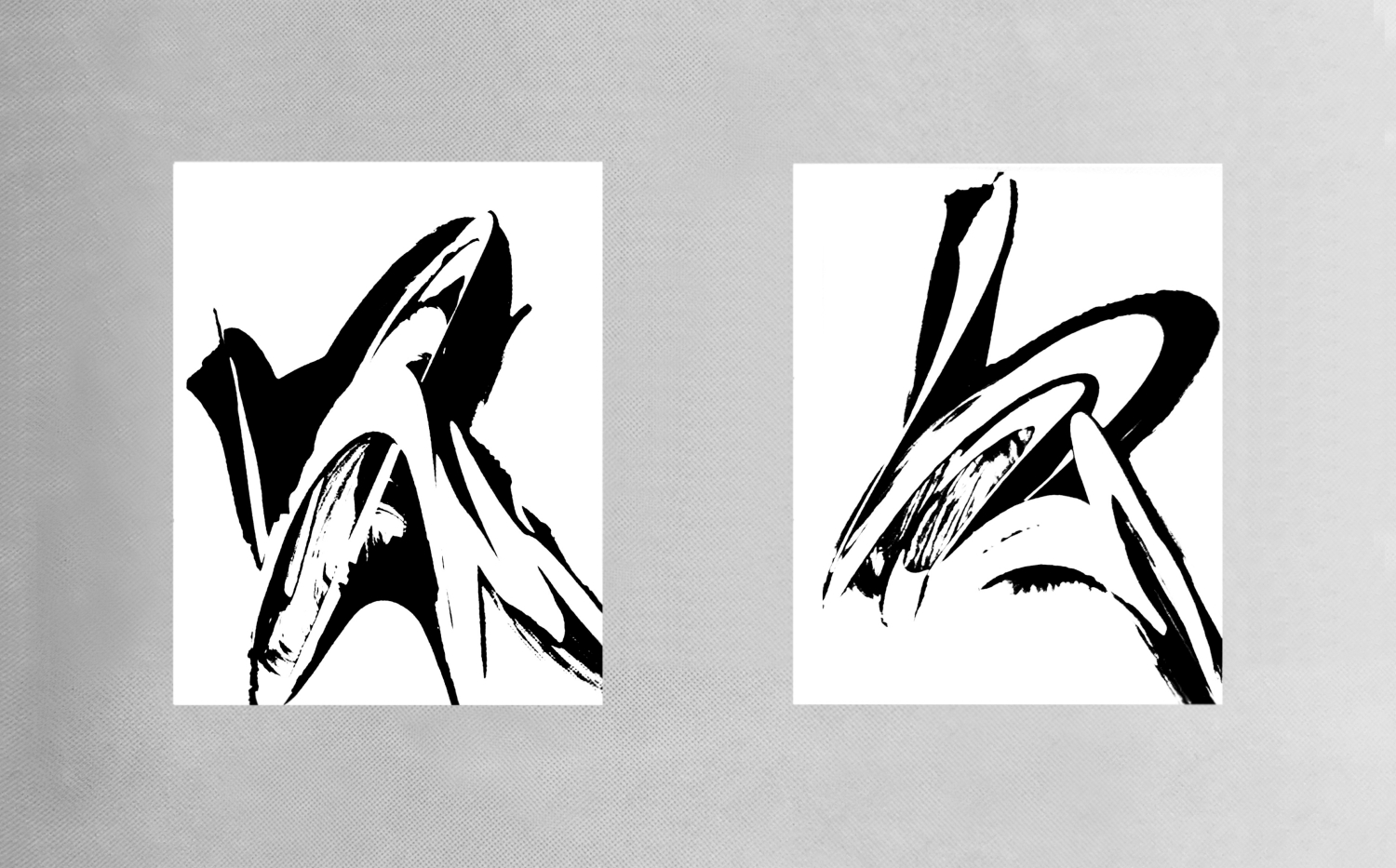

Be First to Comment